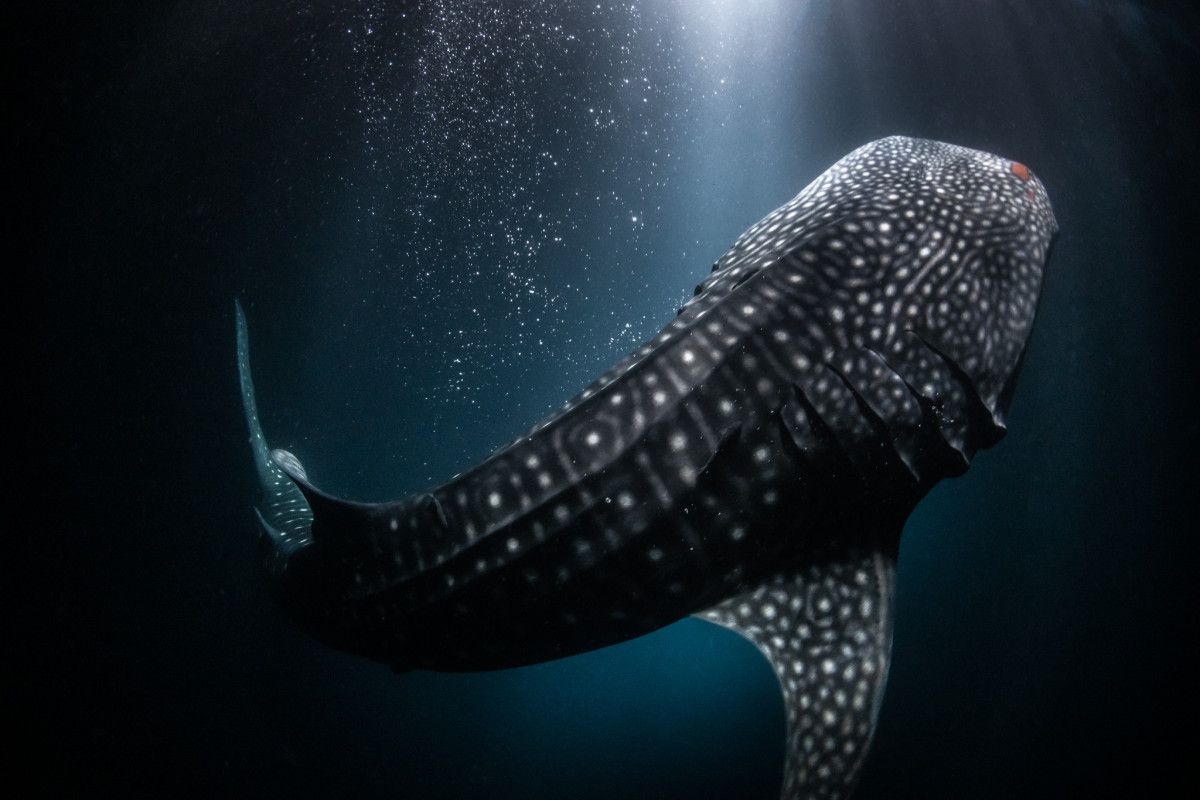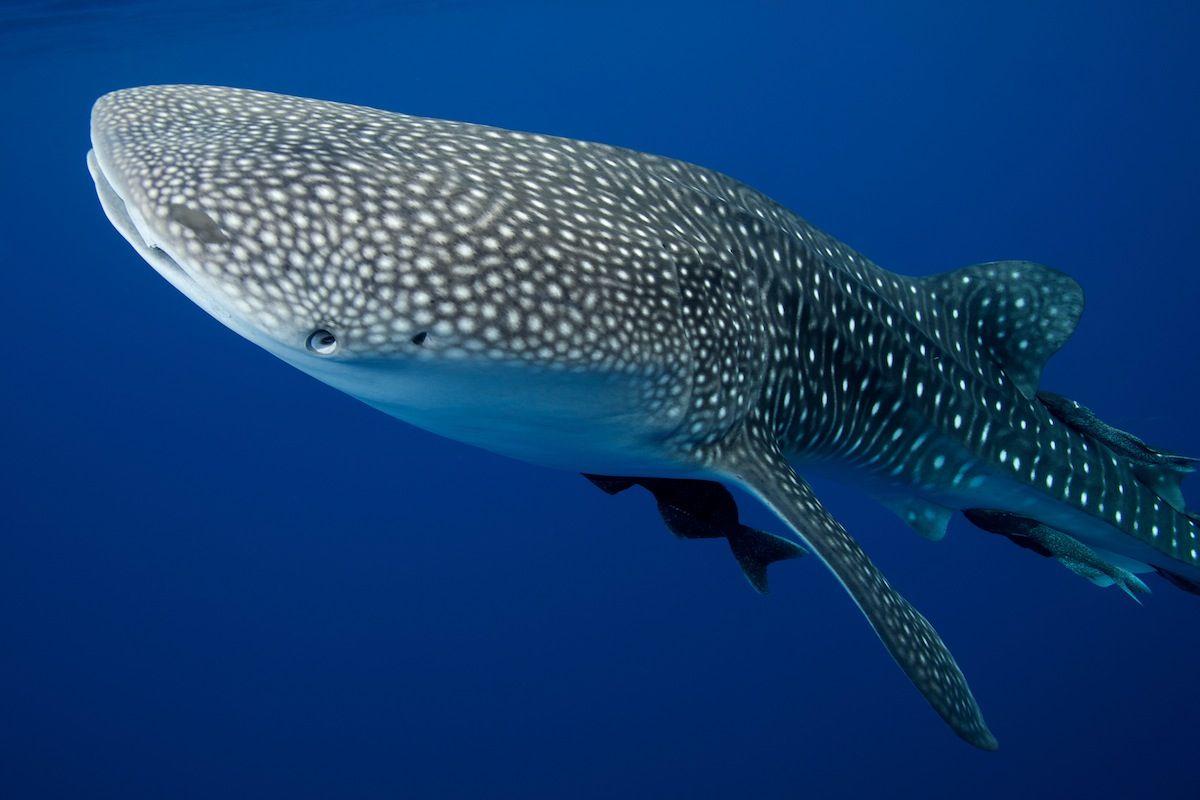Despite its imposing size, the whale shark is actually harmless, as it filters seawater to feed on its small prey, plankton.
When asked what the largest fish in the world is, several possibilities may come to mind. However, that spot belongs to the whale shark (Rhincodon typus), which can live for over 100 years, measure up to 20 metres in length and weigh 30 tonnes.
According to Discover Wildfire, despite its imposing size, this fish is actually harmless, as it filters seawater for its small prey, plankton. Although this species is widely distributed, very little is known about its reproductive biology.
A favourite among divers
Being charismatic and docile, the whale shark has become one of the most popular species among divers; however, scientists and conservationists recommend not swimming too close or touching them, as this would affect their feeding, and boat propellers can injure them.
Where do whale sharks live?
They are found in all warm and temperate seas, with the exception of the Mediterranean Sea. As they are a migratory species, they can move around depending on the time of year, which is also known as the ‘whale shark season,’ which is related to events such as coral or fish spawning, explains the Galapagos Conservation Trust.

An endangered species
This fish is currently classified as ‘Endangered’ on the IUCN Red List. The species was last assessed in 2016, before which it had been classified as ‘Vulnerable’.
This fish is hunted for its meat, fish and oils, especially in unregulated fisheries. It is also often caught accidentally with fishing gear.
Whale shark tourism can also be considered a threat to this species, as boats can injure them with their propellers and divers can interrupt their feeding.
Where can whale sharks be seen?
- Holbox and Mujeres Islands, Yucatan Peninsula, Mexico: between July and August.
- Mafia Island, Tanzania: October and March.
- South Ari Atoll, Maldives: all year round.
- Ningaloo Reef, Australia: March and April.
- Sumbawa, Nusa Tenggara, Indonesia: although they can be seen all year round, the best time to spot them is from June to September.





